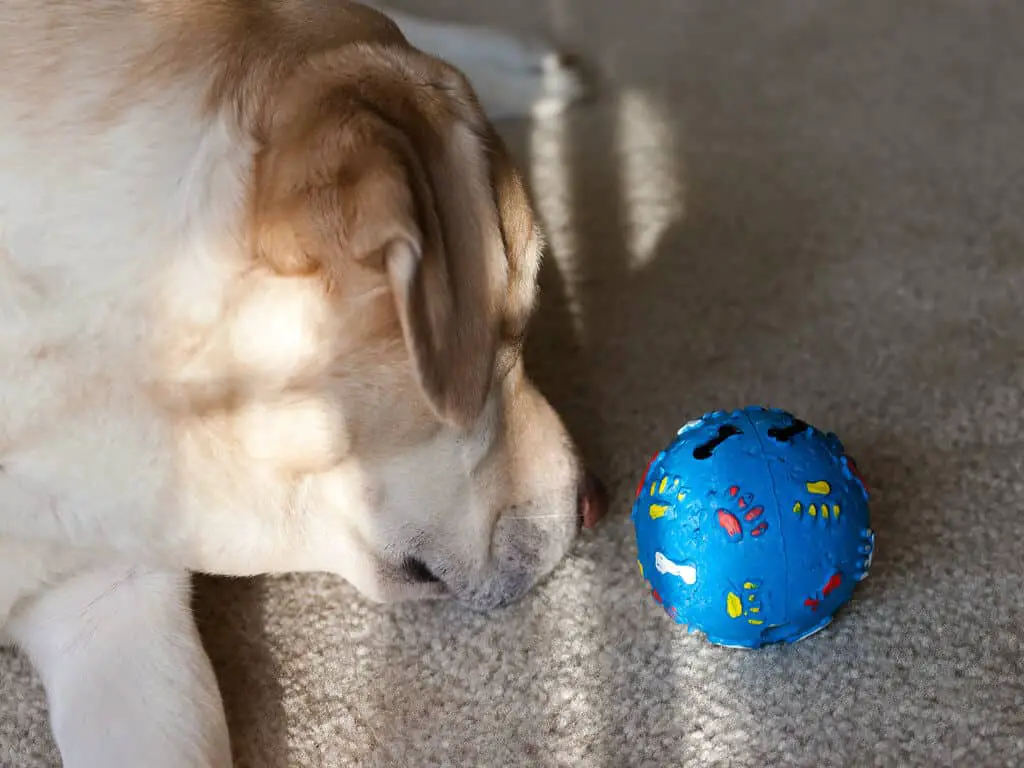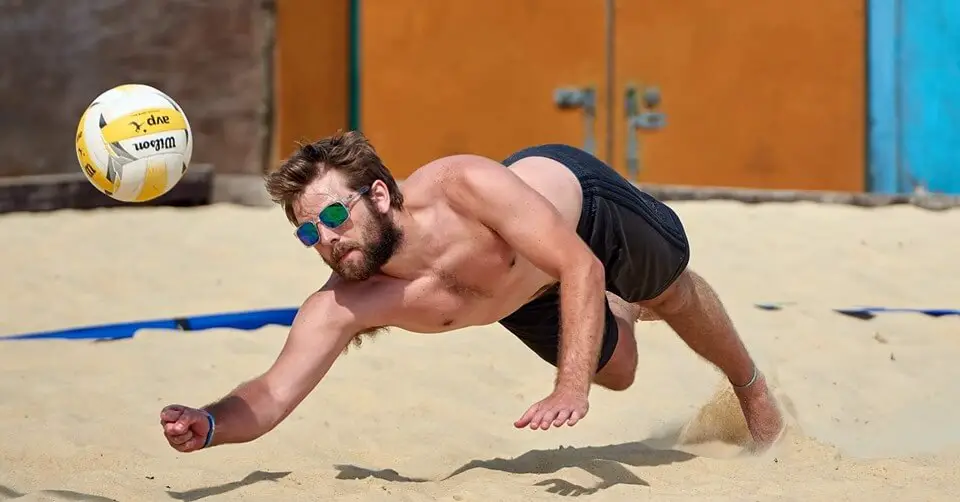So maybe you have been playing volleyball for a while and you feel you have a good understanding of the basics, but you are getting sick of tired of being the defender in beach volleyball and you keep getting beaten by the better players, the players that can perform the line overs, the cut shots, the hard hits and even the jumbos.
Well it goes without saying we could all benefit from getting more digs in volleyball and keeping that ball alive. Well in this article I am going to teach you how to learn to reader the hitter, what you should look for and when you can give up certain areas. All of these things will inevitably allow you to get more digs in beach volleyball.
How to read the hitter to get more digs
The first thing you want to do as a defender in beach volleyball is determine if the pass is an In system or out of system pass.
What I mean by this is, is the pass good enough for the opposition to still execute all shots or is the pass bad meaning the setter is scrambling to get to the ball. The reason this is important to determine is if the pass is out of system (bad) it may drastically restrict the angles of shots that the opposition have to work with.
For example, if the pass goes out the side of the court and the setter isn’t able to bring the ball back into the court, the hitter may not be able to hit down the line at all this means you as a defender can instantly rule that out and just worry about the cut shot and cross court angles.
Another reason you want to determine if it is in system or out of system is you and your blocker may want to change what you were planning on setting up for, if you planned to perform a 3 block because your opposition have only been swinging hard cross court, if the pass is an out of system pass the opposition may not have a good enough opportunity to swing hard cross so you may want to call an audible and switch the block call to give yourself a better chance of defending.
The next thing to try and do when defending is not to stare at the ball.

Now I know what you’re thinking this seems very backwards and difficult to comprehend, but the reason for this is although we want to chase down and pick up the ball, we can’t tell just from looking at the ball where the player wants to hit.
So although ultimately we are reacting to the ball, we want to try and get some early warning signs from the hitter, we can use things such as where a player is hitting from, the hitters approach angle, the approach speed, arm speed, jump height. These are all telltale signs of where the hitter is likely to go and sometimes we can use this to figure out where the hitter is going before they have even contacted the ball.
That’s why it is important to try and get out of the habit of ball watching and start taking in the rest of the information around you.
This brings me nicely on to my next point of reading the hitter better, nearly every player has a certain shot that they perform better or a certain angle that they like to hit, by reading the hitter you can start to determine if the hitter has a preference or a tendency. When you start to understand your opponents tendencies you can quickly start to counteract them.

An example may be, one player may always drop their shoulder when they go to perform a cut shot, if you can’t start seeing this telltale signs you can quickly start winning the mental warfare.
When playing a team that you are not familiar with it may take 5, maybe even 10 points to learn what their tendencies are but once you have a feel for this you can start tricking or baiting them into hitting where you want, you can do this by stepping one way but moving the other or pretending to run for a line over but staying, the most important things to consider when doing this though is firstly discuss with your blocker what you are setting up for, this will help avoid leaving open angles.
Secondly and most importantly your timing is everything. Go to early and you risk being seen by your opponents, go to late and you may not get to your spot in time or you might be off balance trying to receive. Get this timing just right and you will be amazed at just how many times your opponent will roll the ball straight into your lap.
Touching on the above point the next thing you want to do especially when playing better teams is analyse why teams hit the shots they do against you when they win points. Did they see the blocker reaching a certain way, did they see you move, was it dumb luck? When you start to analyse and understand these things you will instantly see your consistency in reading the hitter sky rocket.
This next tip is rather out there and will go against everything you have ever heard or thought before but hear me out. If you are playing a very good team and I mean top, top level team it is obviously going to make your job as a defender very difficult and you simply won’t be able to read and pick up everything, with that being said, what I am going to teach is giving up an area of the court, what I mean by this is you and partner try and force them to play in certain areas and you simply allow them to have a quadrant of the court that if they hit you just allow them to win the point, clap your hands and move on.

Now why am I saying this? well you may find that by trying to pick up everything you are being far less efficient then you would think, if the team you are playing have a tendency of going line over but you are covering both the line over, hard hit and cut shot on the off chance they switch it up, you may actually do more harm than good, you may find by simply allowing them to have the cut shot and worrying only about the hard hit and line over you may offer yourself a much higher chance of picking up the ball and winning the point.
Now it is worth noting that you really only want to use this if the team is very good, if they are an average team then just allow them to have the perfect shots and focus on the next point.
As you have probably guessed beach volleyball is a lot more about show & takes, dukes and guess work as opposed to indoor where you have a set base position and a set role. So with that being said, how can we use baits or jukes to get more digs. Wait for hitter to start approach and make sure he sees you in whichever angle you agree with your partner, once they see you in this angle and then they look to the ball you can move to the opposite angle and wait for your opponent to roll the ball right into your lap.
Once you have done this a few times you can actually start playing a mental game of chess with your opponent and sometimes you can simply stand in the same position, sometimes the hitter will think you have made it far to obvious that you are there so you will most definitely move. Again these are all things that you have to feel out during the game.
All of the above are important to use and each one is effective in its own right or situation. The most important thing to do is determine who you are playing and more importantly how they like to play before deciding your best options.
Now if this is a little advanced and you need to get the basics of digging nailed first be sure to check out my below article on How To Dig in Volleyball and Be a Better Passer.

